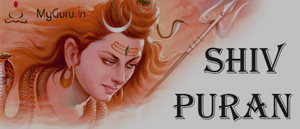
CONDUCT OF THE RESPECTIVE CASTES–DHARMA
On the request of the sages, Suta described about the virtuous and invirtuous activities of a man according to the respective castes he belongs to. He said: “A brahmin who performs the rituals, as described in the Vedas, only is entitled to be called a Dwija. A brahmin who is not that proficient in the Vedas is called a ‘Kshatriya brahmin’. A brahmin engaged in agricultural activities and business is called a Vaishya-brahmin’. A brahmin who is in the habit of condemning and criticizing others, is called a ‘Shudra-Brahmin’. “A Kshatriya who looks after the welfare of his subjects is called a king, while the rest of them are known as simply Kshatriya. A Kshatriya who indulges in business is called a Vaishya Kshatriya. Similarly a Kshatriya who engages himself in the service of the three superior castes – Brahmin Kshatriya and Vaishya is called a Shudra Kshatriya.
Dharma is considered to be of two types-
1) Dharma performed by matter and materials.
2) Dharma performed by indulging in physical activities.
The performance of Yagya etc comes in the first category. Making pilgrimages of holy places comes in the second category. During the Satya Yuga, meditation was the way to attain self knowledge. During Treta Yuga, it was attained by penance, during Dwapar Yuga it was attained by performing ‘Yagya’ while in the present era of Kali Yuga, idol worship is considered to be the means to achieve self-realization. Invirtuosity invites sorrow while virtuosity bestows joy and happiness.